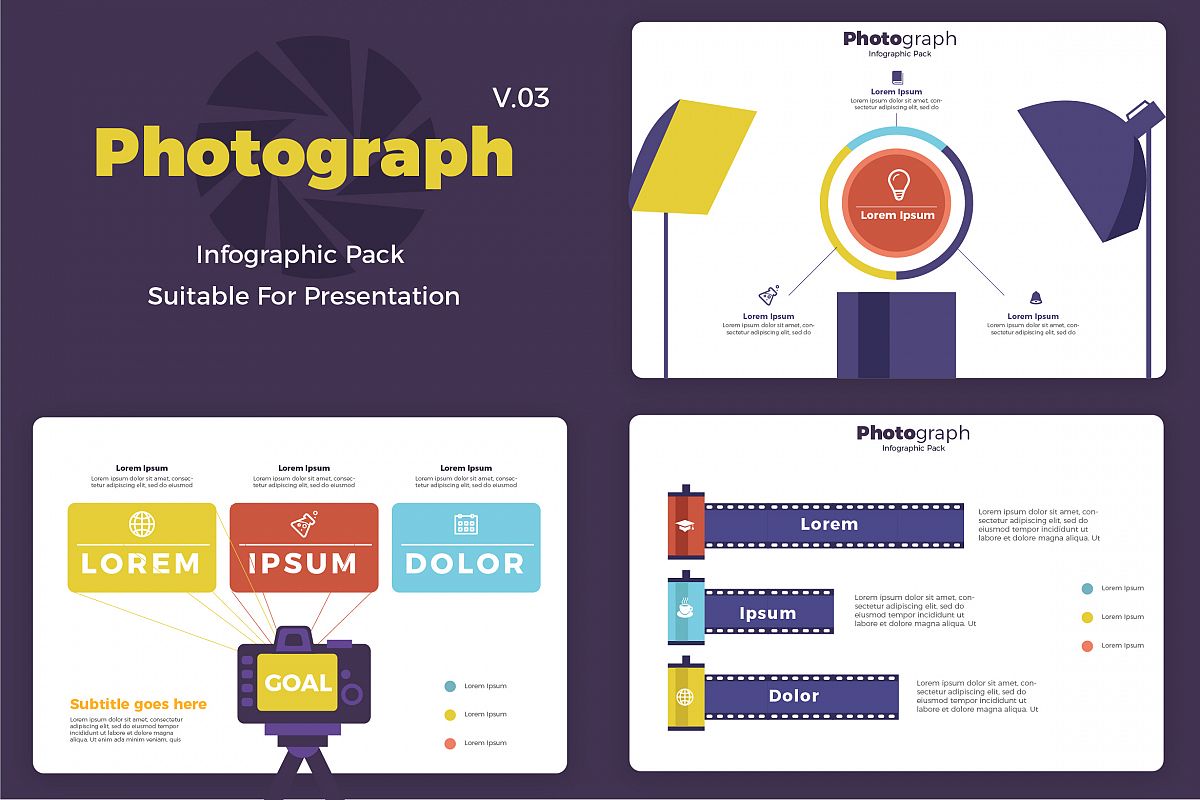Digital Photography Tips For Beginners: Mastering Your Cam In No Time
Digital Photography Tips For Beginners: Mastering Your Cam In No Time
Blog Article
Content By-Grant Fuentes
When you first grab your video camera, it can really feel overwhelming with all the settings and options offered. You may find yourself asking yourself just how to navigate aperture, shutter rate, and ISO efficiently. Mastering these basics is critical, however there's even more to photography than just technical knowledge. Comprehending make-up techniques and illumination problems can elevate your pictures substantially. So, what if you could discover simple approaches to boost your skills and begin capturing remarkable pictures earlier than you assume? Let's discover exactly how to transform your digital photography journey.
Recognizing Video Camera Setups
Recognizing your cam setups is critical for capturing spectacular pictures. When click for more pick up your electronic camera, familiarize on your own with the three primary settings: aperture, shutter rate, and ISO. Each plays an important role in how your photos end up.
Start with aperture, which regulates the amount of light entering the lens. A larger aperture (lower f-number) allows a lot more light and creates a stunning history blur, ideal for portraits. On the other hand, a narrower aperture (greater f-number) maintains even more of the scene in emphasis, ideal for landscapes.
Next, just click the up coming page on shutter speed. This setup determines the length of time your electronic camera's sensor is subjected to light. A fast shutter speed freezes movement, which is wonderful for action shots, while a slow-moving shutter speed can produce stunning impacts like smooth water in landscapes.
Last but not least, adjust your ISO. This setup influences your cam's sensitivity to light. A higher ISO is useful in low-light situations but can present sound or grain. Go for the lowest ISO feasible while still achieving correct direct exposure.
Structure Strategies
When you're out capturing, structure can make all the distinction in just how your pictures reverberate with viewers. Begin by using the policy of thirds; visualize your framework divided right into nine equivalent sections with 2 straight and 2 vertical lines. Placement key elements along these lines or at their junctions to produce equilibrium and passion.
Next, take into consideration leading lines. These all-natural lines in your scene, like roads or rivers, attract the audience's eye into the picture, leading them through the story you're telling.
Do not ignore framing; use aspects within your scene, like trees or home windows, to create a frame around your subject, adding deepness and emphasis.
Additionally, watch on your background. A messy history can distract from your major subject, while a simple one aids it stick out.
Finally, try out symmetry and patterns; they can produce a striking image that catches focus.
Learning Lights Conditions
Grasping lights conditions is vital for recording stunning photographs, as the appropriate light can change an ordinary scene into something remarkable.
Beginning by observing all-natural light at various times of the day. Early mornings and late afternoons supply the most effective light, referred to as the golden hour. The soft, cozy tones throughout these times can enhance your photos wonderfully.
Don't avoid overcast days either; diffused light can reduce rough darkness and create a pleasing effect, particularly for portraits.
Experiment with backlighting by positioning your subject versus the source of light. https://squareblogs.net/giuseppina95nancie/learn-to-discover-your-one-of-a-kind-photo-design-by-discovering-impacts-and can create a wonderful halo effect and include depth to your photos.
Take note of your video camera setups as well. Readjust the ISO, aperture, and shutter speed to suit the lights problems. A greater ISO can assist in low light, but be cautious of grain.
Make use of a tripod in darker environments to avoid blur.
Last but not least, do not forget artificial lighting. Flash and continuous lights can be great devices for regulating light in challenging conditions.
Verdict
To conclude, grasping your camera does not have to be overwhelming. By comprehending https://www.wellandgood.com/good-food/food-photography-tips/ , applying structure techniques, and taking advantage of the power of all-natural light, you'll promptly elevate your digital photography abilities. Bear in mind, exercise makes best, so venture out there and explore your newly found knowledge. With time and devotion, you'll be capturing magnificent images that reflect your distinct perspective. Enjoy the journey, and do not neglect to have a good time while you go to it!
